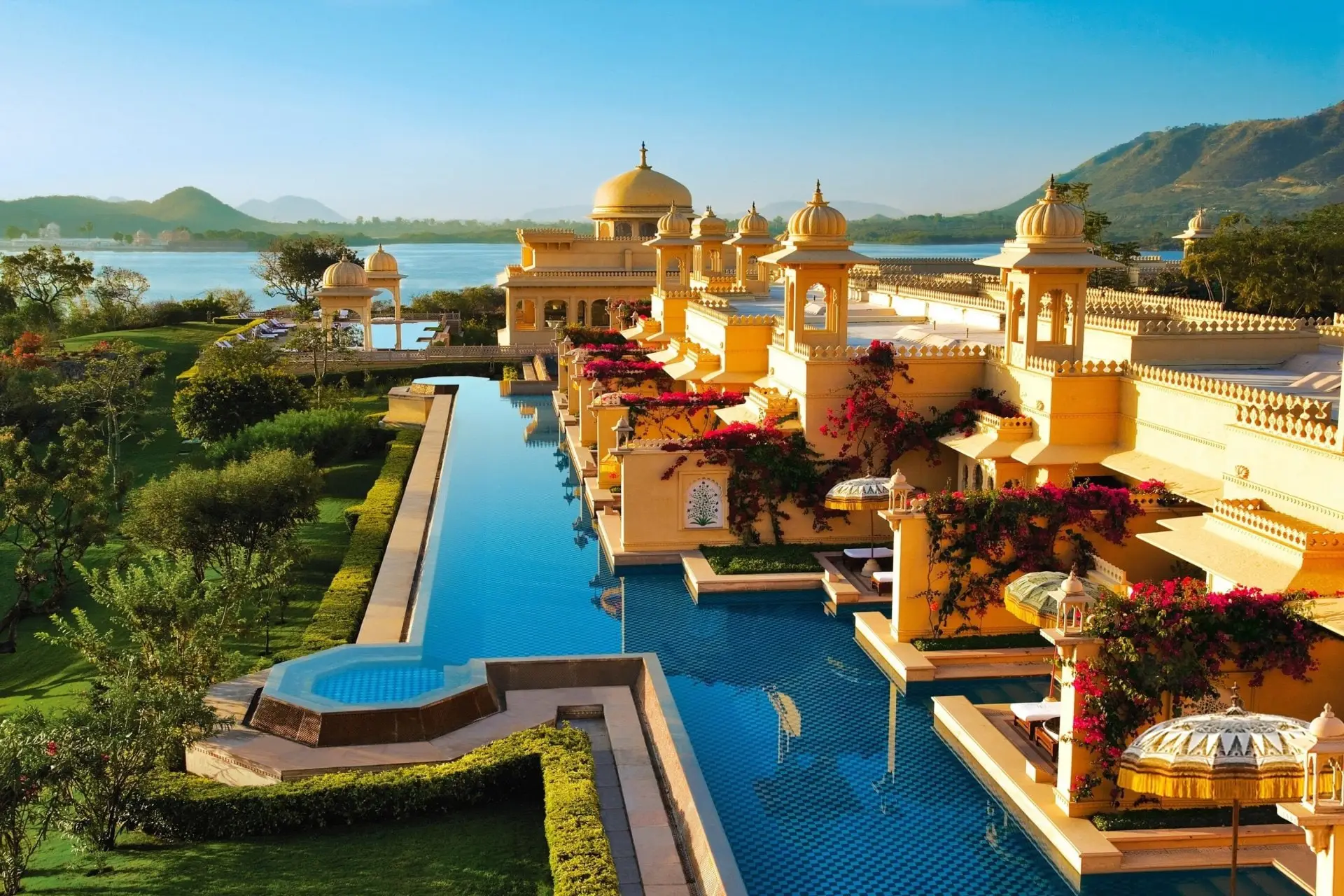Experience the Magic of the Taj Mahal Like Never Before
Overview
The Taj Mahal is one of the few monuments in the world that evokes the imagination and spirit. More than just a UNESCO World Heritage Site or one of the Seven Wonders of the World, this ethereal white marble mausoleum, which is situated on the banks of the Yamuna River in Agra, India, is a representation of everlasting beauty, poetic architecture, and unending love.
There is more to witnessing the Taj Mahal than just a monument. The symmetry of its design, the way sunlight plays on its surface, the way it shimmers at dawn, the feelings it arouses, and the tales carved into its stones are all part of the magic.
We encourage you to discover the Taj Mahal in a way you never would have thought possible with the help of our guide. Together, we can discover the Taj Mahal's enchantment like never before, from sunrise tours and lesser-known vantage points to untold tales and cultural insights.
1. A Monument Constructed Out of Grief and Love
Like the structure itself, the Taj Mahal's story is enchanted. It was constructed as a memorial for Shah Jahan's beloved wife Mumtaz Mahal, who passed away during childbirth, in 1631. It took about 22 years and 20,000 workers to finish the construction, which started in 1632.
The Taj Mahal, a monument to memory, emotion, and divine beauty, is made of white Makrana marble and is embellished with semi-precious stones, calligraphy, floral motifs, and perfect symmetry. It is the pinnacle of love and grief.
2. The Ideal Season to See the Taj Mahal
- Sunrise: The marble sparkles in shades of gold and gentle pink. Ideal for photos and avoiding crowds. Mist adds a mystical ambiance.
- Sunset: Gorgeous amber and golden hues. Best views from Mehtab Bagh. Perfect for contemplation and romance.
- Full Moon Nights: Moonlight makes the marble glow. Limited access, book in advance.
Best time: October to March.
Avoid: May–July heat.
Post-monsoon: August–September brings lush greenery.
3. What to See at the Taj Mahal Complex
- Main Mausoleum: Houses false tombs; real tombs are below ground level.
- Four Minarets: Tilted slightly outward for earthquake safety.
- Charbagh Gardens: Persian-style quadrants divided by water channels.
- Darwaza-i-Rauza: Great gate with Quranic inscriptions.
- Mosque & Guest House: Flanking red sandstone buildings offering contrast.
4. Unexpected Activities Near the Taj Mahal
- Mehtab Bagh: Sunset photography and peaceful setting.
- Taj Nature Walk: Scenic trails and views.
- Yamuna Boat Ride: View Taj at dawn or dusk from the river.
- Marble Workshops: See Pietra Dura inlay artists at work.
- Mughal Heritage Walk: Guided tour in Kachhpura Village.
5. How to Enter and Explore the Taj Mahal
- East Gate: Most popular, near parking and budget hotels.
- West Gate: Preferred by locals.
- South Gate: Opens later, near local markets.
Hours: Sunrise to sunset (closed Fridays). Moonlight visits allowed two days before and after full moons.
Tickets: ₹50–₹250 (Indians), ₹1100–₹1300 (foreigners), free under 15 years. Extra ₹200 for main tomb access.
6. Hidden Symbolism and Cultural Insights
- Complete symmetry represents harmony and bliss.
- The structure changes color with light — dawn, midday, dusk, moonlight.
- Quranic verses are scaled using optical illusions to appear uniform.
- Inlay art with semi-precious stones — no paint used.
- Charbagh symbolizes heaven; tomb elevation reflects divinity.
7. Conscientious Travel Advice for the Taj Mahal
- Do not touch or lean on marble surfaces.
- Cover shoes in the mausoleum.
- Prohibited items: tripods, food, drones, large backpacks.
- Dress modestly and respect local customs.
- Hire certified guides for a richer experience.
8. Photographers' Guide to the Taj Mahal
- Best Times: Dawn, midday, sunset, full moon.
- Best Spots: Mehtab Bagh, side arches, river view.
- Use long exposures and capture reflections, marble detail, symmetry.
9. Beyond the Monument, Discover the Taj Mahal
- Agra’s Cuisine: Try Petha, Mughlai kebabs, korma, biryani.
- Cultural Shows: Attend Mohabbat-e-Taj live play.
- Shopping: Jewelry, leather, marble crafts at Sadar & Kinari Bazaar.
10. Options for Budget and Luxury Travel
- Luxury: Oberoi Amarvilas stay, private tours, spa, chauffeured services.
- Budget: Early visits, e-rickshaw rides, budget hostels, Golden Triangle tours.
11. Go Beyond the Taj Mahal to Continue Your Visit
- Fatehpur Sikri: Former Mughal capital with grand architecture.
- Agra Fort: UNESCO site with palaces, gardens, and Shah Jahan’s cell.
- Itmad-ud-Daulah: Often called the Baby Taj — first all-marble Mughal tomb.
12. Concluding Remarks: An Exploration of Emotion and Eternity
The Taj Mahal is an experience rather than merely a location. Standing in front of it fills you with wonder, reverence, and tranquility. It is more than just a monument because of its size, symmetry, symbolism, and narrative. It is a tribute to love, grief, faith, and artistic excellence and a timeless representation of human emotion.
The Taj Mahal guarantees an experience that will last a lifetime, regardless of your interests—travel, history, photography, or romance.
